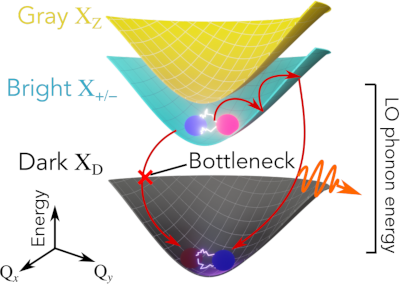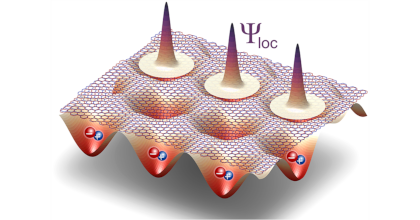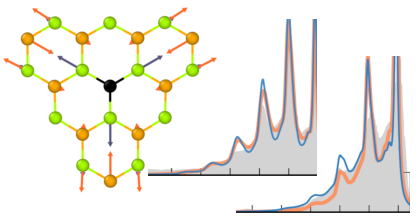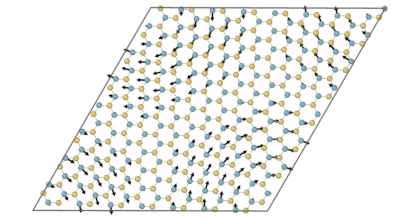Phonon-bottleneck enhanced exciton emission in 2D perovskites
J. J. P. Thompson,
M. Dyksik,
P. Peksa,
K. Posmyk,
A. Joki,
R. Perea-Causin,
P. Erhart,
M. Baranowski,
M. A. Loi,
P. Plochocka,
and
E. Malic
Advanced Energy Materials 14, 2304343
(2024)
arXiv:2312.10688
doi: 10.1002/aenm.202304343
Download PDF

Layered halide perovskites exhibit remarkable optoelectronic properties and technological promise, driven by strongly bound excitons. The interplay of spin-orbit and exchange coupling creates a rich excitonic landscape, determining their optical signatures and exciton dynamics. Despite the dark excitonic ground state, surprisingly efficient emission from higher-energy bright states has puzzled the scientific community, sparking debates on relaxation mechanisms. Combining low-temperature magneto-optical measurements with sophisticated many-particle theory, we elucidate the origin of the bright exciton emission in perovskites by tracking the thermalization of dark and bright excitons under a magnetic field. We clearly attribute the unexpectedly high emission to a pronounced phonon-bottleneck effect, considerably slowing down the relaxation towards the energetically lowest dark states. We demonstrate that this bottleneck can be tuned by manipulating the bright-dark energy splitting and optical phonon energies, offering valuable insights and strategies for controlling exciton emission in layered perovskite materials that is crucial for optoelectronics applications.



